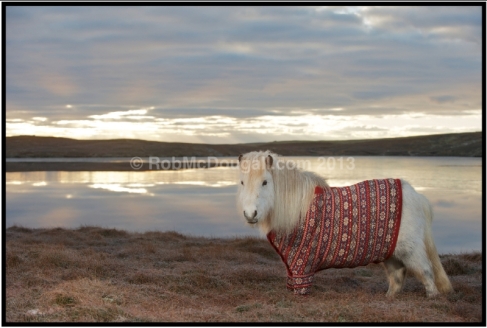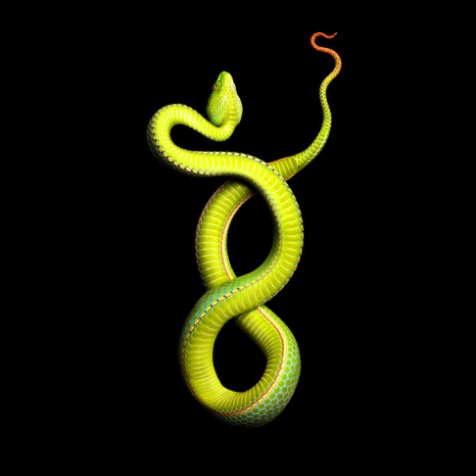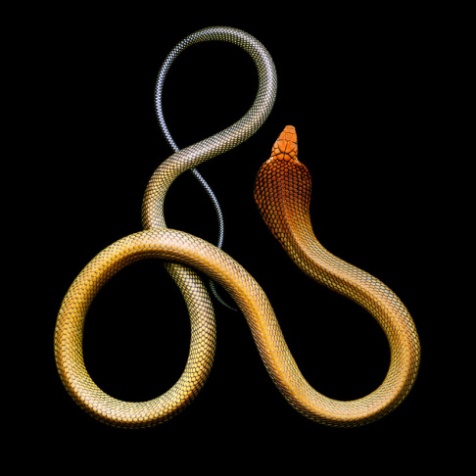I am a bad teacher, everyone. Absolutely terrible. For there is one topic with which I should have covered in my very first post. A topic that is essential for the study of science but has universal applicability. I am referring to the Scientific Method (which I am going to put in capitols cause it is just that important).
Besides providing a framework for research in the hard sciences (biology, physics, chemistry, etc) the Scientific Method is applicable in many other, squishier sciences (psychology, sociology, etc). Furthermore, an understanding of it can help you think critically in everyday life.
First step is asking a question. This can be just about anything. How much blood is in my body? What stressors affect protein formation? Are ponies ticklish? This step is the “get the juices flowing” step. It doesn’t need to be very specific, but it should be asking a question for which you don’t already know the answer.
Now you do some research. Read up on your topic; articles on past experiments, textbooks, anything. Just get a feel for what is already known. This will refine (or possibly change) your topic, narrowing the focus until you have a manageable chunk to work with. It should also lead you to…
…your hypothesis! Any science teacher will start off by explaining that this should be an “if…then…” statement. Not a question, or a suggestion, a STATEMENT. With your background research you should know what you want to do and have an idea of what will happen. “If I tickle the pony, then it will twitch and whinny; displaying ticklishness.” HOWEVER, the statement does not necessarily need to include the words “if” and “then”. But it should be implied. Some hypotheses are also very long statements and can get cumbersome if you’re a stickler about the “if…then…” phrasing. For instance, I could write my pony hypothesis like this: “By rapidly scratching a pony behind the foreleg, I will induce an immediate, impulsive twitch and excited whinny, as a result of the pony’s ticklishness.” Same hypothesis, but different phrasing. It also has a better explanation of what I plan to do next.
That next step is the experiment! This is the good part; it’s where the action is. Your research should have helped you develop an experimental plan and some of it was explained in your hypothesis. You will have independent variables (variables you have control over, such as pony tickling) and dependent variables (variables in response to the independent variables, like pony whinnies). A good experiment should also consider different factors that are potentially influencing your subject (EX. could the pony be reacting to pests or other ponies?) and address them. Compare these factors separately (EX. Observe pony’s response to flies in isolation vs. response to other ponies sans flies) and ALWAYS include a control (Ex. Observe pony in isolation without any stimulus). Every experiment needs a control to show the significance of the response to your independent variable. If I tickle a pony and it twitches and whinnies I can show doesn’t do so in response to any other kinds of stimulus, I do not have good results until I can prove that ponies do not just twitch and whinny spontaneously. Furthermore, I need a large enough sample size to prove this is typical pony behavior. If I just choose one or even five or ten ponies, those samples are too small to be considered representative. They could all just be weird ponies. So pick a sample that’s large enough to represent to population in question, but easy enough to manage experimentally (100 ponies out of a 400 pony herd would be representative and manageable). Deciding on a sample size is difficult, not only should it be as large as possible, but also random (to prevent selection bias). I could pick out 100 ponies to sample, but if I didn’t draw the names out of a hat, or something, someone reading my paper could say I picked ponies based on their ability to confirm my hypothesis.
Now my pony example is great for many experiments in biology, but how does this translate to subjects in which you do not sample clearly individual things? Samples can be a given volume or mass of a substance. An experiment in water quality may use multiples vials (of the same volume) of water and the number of vials would be the sample size. In chemistry, the sample size may be the number of trials you perform (say, distilling samples of a certain chemical multiple times).
Once you’ve sampled enough/repeated the experiment enough times, you can analyze your results. Use appropriate statistical tests to compare the results of from testing each independent variable and the control. Find their significance. Does this support or destroy your hypothesis? Additionally, was there anything that could have affected results? How well were variables controlled? Was there something you only realize now you should have tested? Explain.
Finally you can report your results. Tell the world what you found! But tell them everything. Show your raw data, your statistical test results, photos of your experimental set up, explain your methods, your background research, EVERYTHING. If you leave things out, this weakens the strength of your conclusions. It looks like you’re hiding something. Even explain the weaknesses of the experiment or potential problems with results. Especially if you can explain why you didn’t do this or that thing (EX. did not observe response of ponies to non-fly bugs because none were present around the herd). Maybe explain that you realize there’s an experiment you can do as background research for the topic as a whole. Admitting weaknesses, particularly if you’re going to follow up on them, can only give you more credibility as a scientist. It also allows other researchers to follow your lead, researching related topics with your suggested improvements.
Understanding the Scientific Method helps you understand new research and see how trustworthy it is even if you’re not a scientist.
Here’s a little life example: In 2005, some folks decided to see how reptiles and amphibians react to microgravity. I kid you not, they sent 53 snakes, lizards and frogs into a parabolic flight to see what they’d do during the zero gravity portion of the flight (sorry, no actual herps in space). It sounds hilarious (and looks hilarious, I’ll post the videos if I can find them) but it also answers a very interesting question about how these animals orient themselves in relation to gravity. The analysis was also very thoughtful, regarding explanations for behavior, lifestyles of each species &etc. But these were only 53 animals from 23 different species and there are thousands of reptile species in the world. Also, only random in the sense that they used whatever they could get their hands on for the experiment. Some regard for a balance of snakes vs. lizards vs. amphibians, but they were restricted by what they could access for the experiment. All in all it was a great idea, with great reporting, a good set up, but a weak sample and thus weak results. But even though you can’t trust the results, you can see how to repeat and improve upon this experiment. Future snakes in space!
Of course, you can also use the Scientific Method in everyday life. Reading the news or looking at a new product, you know to consider where assertions or statistics came from and how they were collected. Maybe it’s not necessary for everything you hear or learn, but isn’t it empowering to know HOW to trust what you hear and learn? To be serious for once (I know, HEAVEN FORBID), I think true intelligence is based less on education, than inquisitiveness. Just that. Want to know more and wanting to know what exactly you do not know. Never let anyone tell you you’re dumb for asking a legitimate question. How else will you learn?
And now, because I can’t sustain the serious, a pony in a sweater:

Sources
Wassersug, Richard J, Lesley Roberts, Jenny Gimian, Elizabeth Hughes, Ryan Sanders, Darren Devison, Jonathan Woodbury and James C O’Reilly. 2005. The behavioral responses of amphibians and reptiles to microgravity on parabolic flights. Zoology 108(2):107-20.
Photo credit McDougall, Rob. 2013. “Shetland Ponies Wearing Fair Isle Cardigans”. Rob McDougall, Photographer and Filmmaker. 22 November, 2013. < http://robmcdougall.com/recentjan2013.html>






